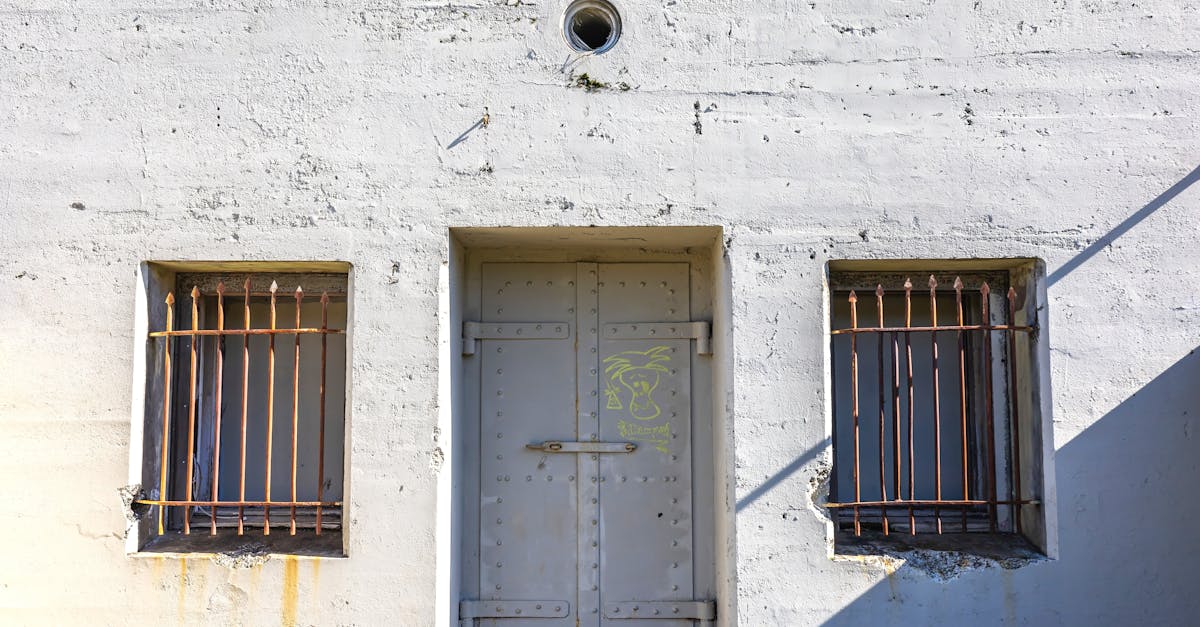
Table Of Contents
Choosing the Right Toilet for Your Home
When selecting a new toilet for your home, consider factors like bowl height, shape, and flush efficiency. Comfort can vary significantly with different designs, so it’s essential to choose a model that suits your personal preferences. While standard heights often accommodate most users, comfort or "right height" models may appeal to taller individuals or those with mobility issues. You should also examine the flush system, as modern toilets offer enhanced water efficiency while maintaining powerful performance.
Researching various brands and reading user reviews will guide you toward a reliable choice. Quality materials not only ensure durability but also contribute to ease of maintenance. While the initial cost may differ, investing in a reputable brand may save you on future toilet installation and repair expenses. Prioritising your household’s needs will streamline the process, ensuring you select a toilet that aligns with both functionality and aesthetics.
Features to Look for in a New Model
When selecting a new toilet for your home, consider the flush mechanism. Options include gravity-fed, pressure-assisted, or dual-flush systems. Each type has its advantages. Gravity-fed toilets are popular for their simplicity and reliability. Pressure-assisted models offer a powerful flush and can be more efficient in water usage. Dual-flush toilets allow you to choose between a full or half flush, promoting water conservation.
Another important feature to assess is the toilet's height. Comfort height toilets are designed for easier access, making them a suitable choice for seniors or individuals with mobility issues. Additionally, look into the toilet's bowl shape. Elongated bowls provide extra comfort but may require more space compared to round bowls. By focusing on these features, along with careful consideration of plumbing codes, you can streamline the process of toilet installation and repair, ensuring that the new model suits your needs and preferences.
Plumbing Codes and Regulations
Plumbing codes and regulations play a crucial role in ensuring that toilet installation and repair meet safety and efficiency standards. These codes often vary by state or territory, reflecting local utilities' requirements and environmental considerations. Familiarising yourself with the specific regulations applicable in your area can help streamline the replacement process and avoid potential legal issues.
Compliance during toilet replacement is essential for maintaining a functional plumbing system and preventing future problems. Registered plumbers are trained to adhere to these regulations, ensuring that the installation meets all necessary requirements. This diligence not only enhances the efficiency and longevity of the toilet but also contributes to overall household safety.
Ensuring Compliance During Replacement
When replacing a toilet, it is essential to adhere to local plumbing codes and regulations to ensure safety and functionality. Each state in Australia may have different requirements, so checking the specific regulations that apply to your area is crucial. Proper compliance not only protects your home but also prevents potential issues down the line. A qualified plumber familiar with these codes will help ensure that the installation meets all necessary standards.
Toilet installation and repair must be carried out with precision to avoid complications such as leaks or blockages. Before the plumber begins, reviewing the materials and methods they intend to use can help maintain compliance with regulations. For instance, using the correct connectors and seals is vital for ensuring a leak-free installation. Taking these steps can save time and money while also providing peace of mind in your new toilet's performance.
Preparing for a Toilet Replacement
Preparing for a toilet replacement involves a bit of planning and organisation. Begin by measuring the space where the new toilet will go. Accurate measurements ensure that the new model fits perfectly and aligns with existing plumbing fixtures. Consider removing any obstacles around the area to provide clear access for the plumber. This step not only streamlines the installation process but also keeps your home tidy during the work.
Next, it's useful to gather information about the current plumbing situation. Check for any signs of leaks or issues that may require attention during the toilet installation and repair. If there are existing problems, addressing them now can prevent future complications. Additionally, make sure to have a list of any additional features you desire in a new toilet and discuss these with your plumber to ensure you select the best model for your needs.
Steps to Take Before the Plumber Arrives
Before the plumber arrives, take some time to gather necessary materials related to toilet installation and repair. This can include new bolts, a wax ring, and any specific parts required for the model you have chosen. Familiarise yourself with the existing toilet setup to provide the plumber with information on plumbing configurations in your home. If you have any questions about the new toilet model, jot them down to discuss with the plumber during their visit.
Clearing the area around the toilet will make the plumber’s job easier and more efficient. Remove any rugs, decorations, and cleaning supplies from the vicinity. Ensure easy access to the plumbing lines and shut-off valves. If there’s a current issue with your toilet, such as leaks or flushing problems, it may help to describe these issues to the plumber as they prepare to perform the installation. By providing a tidy workspace and clear communication, you can facilitate a smooth and effective toilet replacement process.
FAQS
What are the signs that I need to replace my toilet?
Common signs include frequent clogs, leaks around the base, a cracked bowl, or an outdated model that doesn't perform efficiently.
Can I replace a toilet myself, or should I hire a plumber?
While some homeowners may feel confident handling the replacement, hiring a plumber is recommended for those unfamiliar with plumbing to ensure proper installation and compliance with local codes.
How long does it typically take for a plumber to replace a toilet?
The process usually takes around 1 to 2 hours, depending on the complexity of the installation and any additional repairs or adjustments needed.
What should I do to prepare for a plumber's visit to replace my toilet?
Clear the area around the toilet, ensure easy access to the plumbing, and remove any items from nearby cabinets or shelves to provide space for the plumber to work.
Are there any plumbing codes I need to be aware of when replacing a toilet?
Yes, plumbing codes may vary by location, but generally, they cover aspects such as proper installation, clearance requirements, and water efficiency standards. It's essential to ensure compliance to avoid potential fines and ensure safety.





























